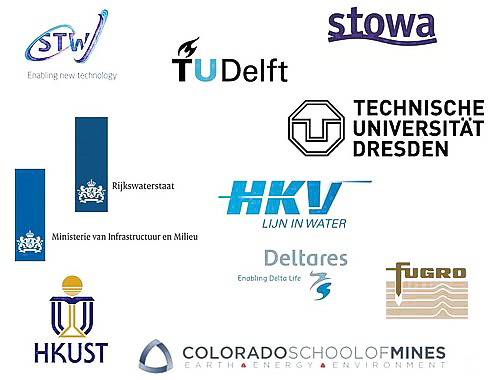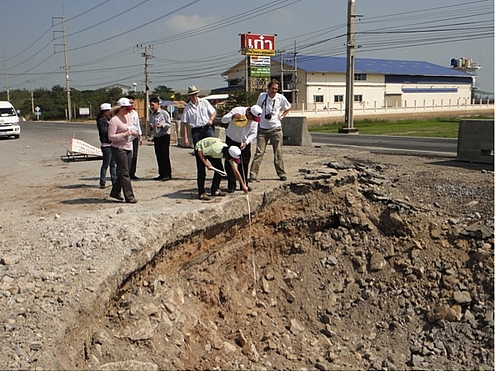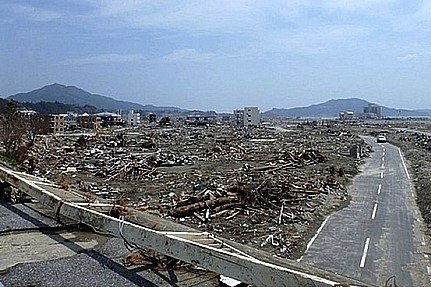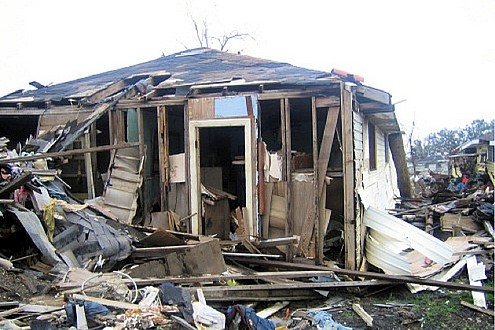SAFELevee project
Previous flood and failure cases (see bottom of page) have shown that levee failures lead to catastrophic damage, and that there is limited knowledge on the causes of failures, particularly for geotechnical failure mechanisms such as instability, piping or overflow- induced breaching. This highlights the need to improve the understanding and documentation of levee failures. This is the focus of the SAFElevee project.
The project objectives are (a) to improve the understanding of (geotechnical) failure mechanisms and breaching of flood defence systems, (b) to enhance reliability analysis and design of safe levee systems, and c) to provide systematically collected datasets for future scientific research.

The project was finished at the end of 2020 and has accomplished the following:
-
A public database (the International Levee Performance Database) has been developed that documents over 1500 failure and performance cases. A summary of the database and its use for flood risk assessment is found here. Work on the database will continue and it will remain accessible as a source for research and information.
-
Within the project new methods have been developed for systematic hindcasting of failures, see publication 1 and 2, and for modelling erosion and overtopping of flood defences.
-
In addition, novel approaches have been proposed and implemented to measure deformations of levees at relatively short timescales with satellites, see these publications A and B and this story of science.
-
These results of the project can be utilized to improve the management, monitoring and assessment of the safety of flood defences. A series of videos and factsheets explaining these application can be found here. The project has been carried out in close cooperation with Dutch and international end users.
SAFELevee Partners

The research team composed of the following members including institutions and private companies:
- PhD’s: Job Kool, Isil Ece Ozer
- PostDoc: Myron van Damme
- Principal investigators: Bas Jonkman, Wim Kanning
In the closing webinar on international levee failure databases (2020) several international levee and dam databases and applications for levee management and research have been highlighted.
Thailand (2011)
Large parts of central Thailand were severely flooded during the year 2011. The Dutch Expertise Network for Flood Protection (ENW) and TU Delft performed a post-flood field investigation in cooperation with Thai partners. The team investigated damages due to the floods and identified a number of failures of dykes and structures in the Lower Chao Phraya river basin and the flood defence systems of industrial estates around Bangkok.
Japan and the tsunami (2011)
A team of Dutch researchers visited Japan to learn the lessons for coastal risk management of the devastating tsunami of March 2011. During a field visit coastal areas were visited that were destroyed by 10m to 15m high tsunami waves. A seminar was held in Sendai (June 7, 8) to exchange lessons and implications for managing coastal risks from storms, floods and tsunamis.
The seminar was supported by the Netherlands Organisation for Scientific Research (NWO) and the Japan Society for the Promotion of Science (JSPS).
New Orleans and hurricane Katrina (2005)
Members of the hydraulic engineering group from TU Delft were asked to do a fact-gathering study by a large insurance company after hurricane Katrina. The aim was an independent collection of data, relevant to the disaster, including hydraulic loads on the system, meteorological conditions and dike breach locations and conditions. Two field investigations were performed early 2006. The group also analysed geotechnical levee failures, building damages and loss of life datasets. The insights in the failures of some of the levees due to piping and instability have resulted in more attention for these mechanisms in the Netherlands.
These cases have shown that despite extensive research on geotechnical failure mechanisms such as instability, piping or overflow- induced breaching, considerable uncertainties in failure modelling and prediction remain. This highlighted the need to improve the reliability of flood defence systems by a better understanding of their failure mechanisms which is covered by the SAFElevee project.


